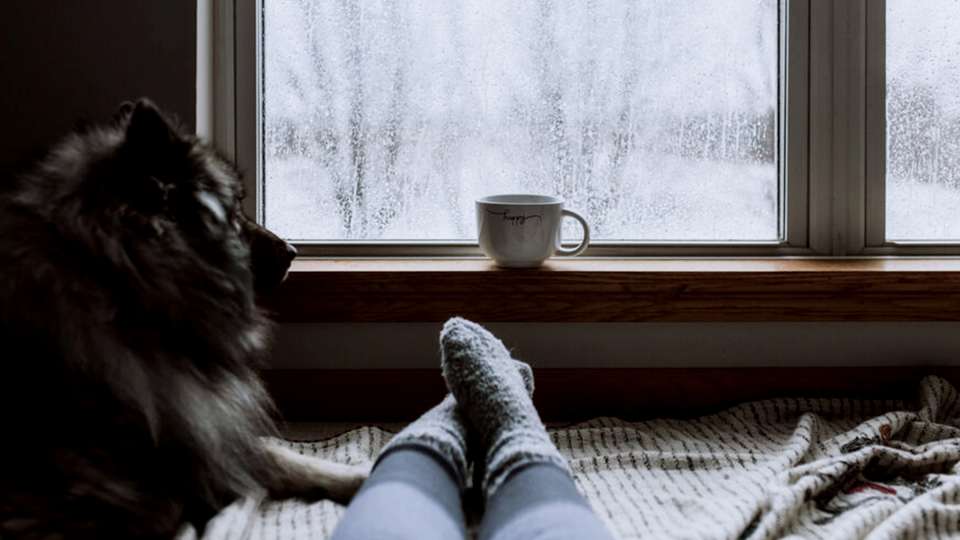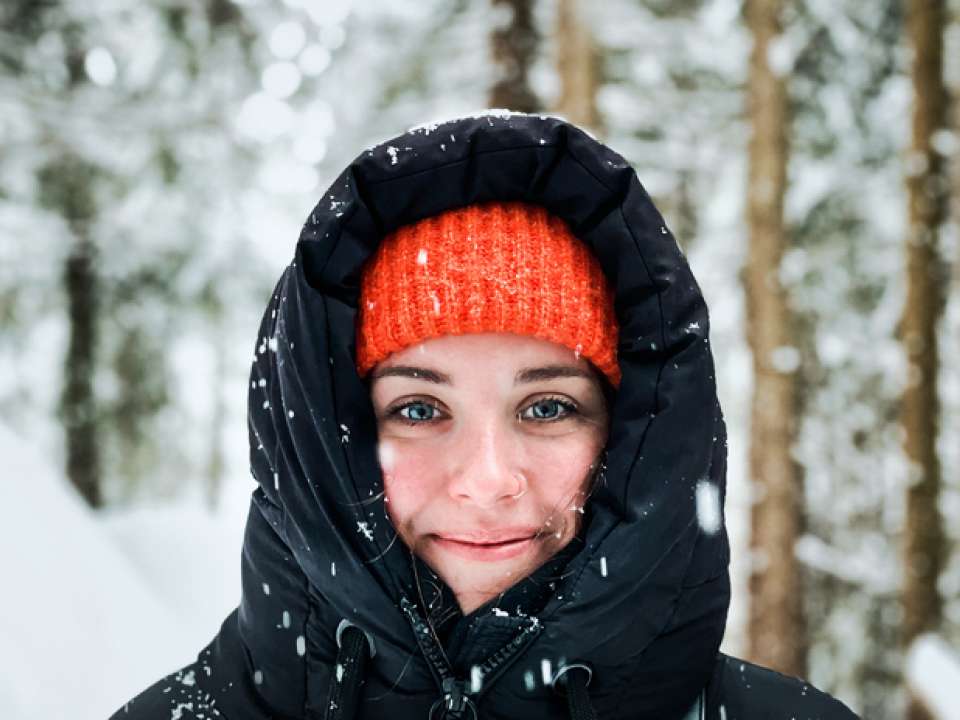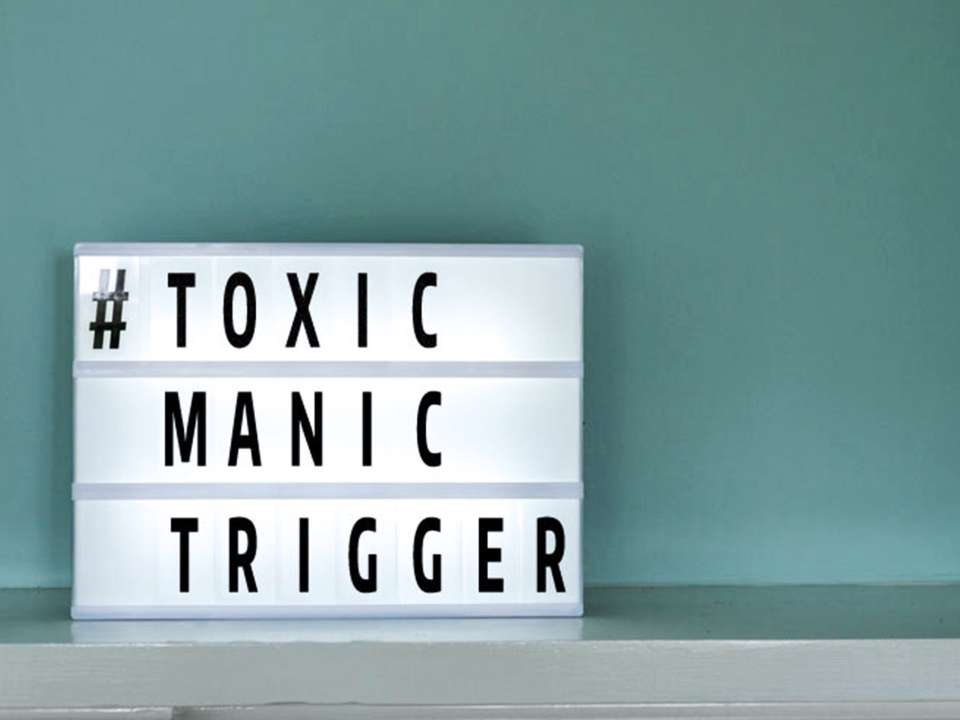How to Survive — and Thrive — in the Pacific Northwest's Cold, Dark Months

The Big Dark has arrived, aka winter in the Pacific Northwest, where we regularly get just eight to nine hours of daylight each day (most of them obscured by rainclouds).
It’s normal to feel sleepier and less motivated during this time of year, but you don’t have to resign yourself to that fate and spend your days holding vigil for spring.
Here’s what you need to know about winter hibernation and why it’s not always a bad thing, how to recognize if you have a more serious problem, and what to do to make winter more bearable.
Why you feel more tired in winter
Feeling sleepier and less motivated, plus wanting to eat more and stay home more, are pretty typical occurrences once the days start getting shorter, says Dr. Ramanpreet Toor, a UW Medicine psychiatrist. She calls this pattern of behavior “seasonality.”
Though doctors aren’t entirely sure why seasonality happens, one hypothesis is that it has to do with disturbance in the sleep-wake cycle with changes in exposure to light and darkness, which can impact the release of melatonin, a hormone that plays a role in regulating our sleep-wake cycle.
When you’re exposed to daylight, your body holds off producing melatonin; this keeps you awake during the day. But when darkness falls, your melatonin production increases, which encourages your brain to seek sleep.
“That’s where hibernation comes from in animals. It works for animals who can do it — it’s a natural genetic tendency to do it — but it doesn’t work for functioning humans,” Toor says.
Why (some) hibernation isn’t a bad thing
If you’re craving more sleep and alone time in winter, you might wonder: Is that really such a bad thing?
Well, yes … and no.
“I wouldn’t recommend slowing down more or sleeping more; if someone is at risk of depression, that’s going to worsen symptoms,” Toor says.
That is, don’t give yourself a pass and sleep in all the time or bail on social engagements because you decided you’re going to go into full-on hibernation. It will only make you feel worse. (You’re not a bear, after all.)
However, making a thoughtful decision to take more time for relaxation and self-care can be a good thing, says Dr. Lorin Boynton, a psychiatrist who practices at the Outpatient Psychiatry Clinic at University of Washington Medical Center-Roosevelt.
“In winter, celebrate being idle. We just go go go so much; it’s a good time of year to delight in doing nothing, to enjoy quiet and simple things. It allows for more creativity,” she says.
So how do you know if your decision to stay home and snuggle on the couch with a good book and warm blanket is about self-care or sadness? It’s ultimately about how the activity makes you feel, Boynton says.
“Purposefully slowing down and being idle is a positive thing — you feel good about it — whereas for people with depression, it’s a negative thing, it feels heavy, they don’t feel motivated to do anything. A lot of it is about balance,” she explains.
What about seasonal affective disorder?
Speaking of depression, let’s be clear about one thing: Getting a little seasonality during the winter, or taking more time to be thoughtful and reflective and slow down, is not the same thing as feeling so tired or unmotivated that you’re having trouble getting through the day.
You’ve probably heard of seasonal affective disorder, or SAD, which is commonly considered a wintertime version of depression. But the reality is a little more complicated than that.
“SAD is a broad term, it’s a type of mood disorder. It can be the onset or worsening of depression, mania or hypomania in context of seasonal changes. We often talk about depression because that’s the most common mood disorder during fall and winter,” Toor says.
People who already deal with mental health issues like depression are more likely to get SAD. Women, people who live at higher latitudes (including us Pacific Northwesterners), and people who are younger all have a higher risk for SAD.
Toor describes both seasonality and SAD as being on opposite ends of a mental health spectrum. Most of us fall on the spectrum somewhere, and sometimes it’s hard to know right away if the symptoms we’re experiencing are full-blown SAD or not.
“For SAD there’s an idea that they should have five or more symptoms of depression, but sometimes people can have just one symptom and it’s severe enough. There’s not a lot of formal literature on the differences, it’s more about how much it’s interfering with your functioning,” Toor says.
What to do if you’re really struggling
If you think you might have SAD, Toor recommends mentioning it to your primary care provider. They will be able to screen you for seasonal depression and determine if your symptoms are caused by a mood disorder or something else, like vitamin D deficiency.
If you do get diagnosed with SAD, your doctor will recommend treatment options. This can vary depending on how severe someone’s symptoms are, Toor says, but usually includes things like light therapy and dawn simulation, medication or even cognitive behavioral therapy.
One thing that’s important to know is that you should really get a medical professional’s opinion rather than self-diagnosing. For example, if you think you have SAD and go out and buy one of those cheap light therapy lamps, chances are it won’t actually do anything to help you.
“You need 10,000 lux, so talk to a provider about what to get. Some people who have sensitive eyes shouldn’t use white light. They now make bright light therapy with green light that’s friendlier for the eyes,” Boynton says.
How to deal until spring arrives
If you’re dealing more with seasonality than SAD, here are some tips to increase your motivation and decrease your urge to hibernate during the winter.
Exercise outside or in a bright room
Feeling tired shouldn’t stop you from sticking to your regular exercise routine. Being active decreases cortisol, a stress hormone, and raises endorphin levels, which improves your mood.
Both Toor and Boynton recommend moderate aerobic exercise, which includes things like walking, jogging, swimming or taking a spin class.
If you’re working out indoors, at home or at a gym, try to be in a brightly lit area. Boynton recommends exercising outside whenever you can, however. Research has shown that being in nature has a positive impact on health.
“Natural daylight, even when it’s cloudy like it often is here, is much better for your brain and for all your hormones that control mood than artificial light,” she says.
Maintain your sleep routine
Getting out of bed in the morning when it’s still dark out might not be super appealing, but maintaining a sense of normalcy by sticking to your regular sleep schedule will help your body better adjust to the lack of daylight, Toor says.
This includes practicing good sleep hygiene, like keeping your bedroom cool and dark, avoiding caffeine near bedtime and putting your blue light-emitting devices like smartphones and laptops away.
“I encourage people not to fall into a trap of increasing screen time on any devices, especially two hours before bed,” Boynton says.
Keep variety in your diet
Once winter sets in, you may notice you’re craving carb-rich and sugary foods and are less inclined to cook. This is normal, Boynton says, but you should try to resist it.
If you want comfort food, opt for healthy options like homemade soups or stews full of veggies and lean meats. To counter the dreariness of the weather, make your food as colorful as possible by using different fruits and veggies.
The goal is to eat much like how you probably do in the summer when farmers markets abound, focusing on fruits, vegetables and whole grains.
Don’t ditch your friends
It can be fun to cancel plans and get your introvert on, but in winter especially it’s important not to isolate yourself, Boynton says.
People will often talk about the spirit of the season, which means focusing more on kindness and close relationships. Take this to heart and spend time with people you care about, be they family, friends, neighbors, coworkers or a significant other; it can be a major mood boost.
Purposefully counter the dreariness
If you notice you’re feeling a little down, try not to give in to those feelings. Instead, counter them by purposefully doing something that makes you feel happy.
Some of Boynton’s favorite ways to do this are creating an upbeat playlist of your favorite mood-boosting songs, starting to plan your next vacation, trying a new sport or activity you’ve always been curious about, or keeping a gratitude journal and writing down two or three things you’re grateful for each day.
Brighten up your indoor space
Forget spring cleaning; winter can be a great time to declutter, tidy and switch up the décor in your home to make your space cheerier.
If you aren’t ready to make a huge commitment to change, try adding festive decorations or starting with small changes like new art for the walls or some colorful throw pillows. Pick a room you spend a lot of time in for maximum benefit.
“When you walk into that room you’re more likely to feel positive about how nice the room looks, and that translates to change in body,” Boynton says.
Find a wintertime purpose
Summer is often full of vacations and social activities and outdoor exploration. Winter? Not so much.
“It’s hard to feel motivated if you don’t have a sense of direction,” Boynton says.
If you’re struggling to find meaningful things to do in the winter, Boynton suggests volunteering, which has been proven to boost both mood and overall health.
Challenge your winter gloominess
One important but often-overlooked way to change your wintertime mood? Make like Elsa and don’t let the cold bother you.
“Your thoughts can change your behavior. If you can get into a positive framework about the rain and the dark, the beautiful essence that this time of year can bring, it can really shift winters for you,” says Boynton.
So instead of the Big Dark, make that the big, beautiful dark.

 Healthy ideas for your inbox
Healthy ideas for your inbox





